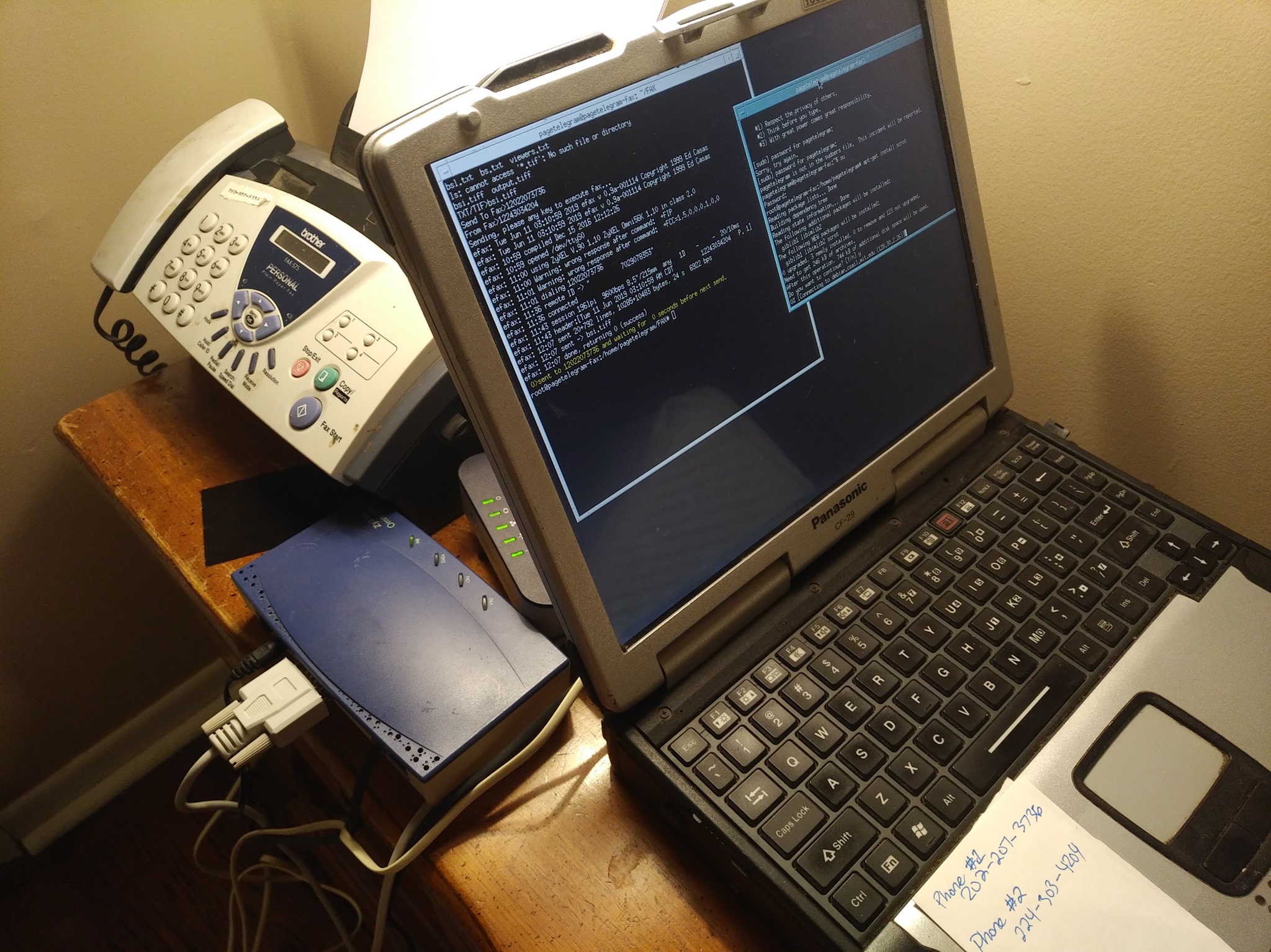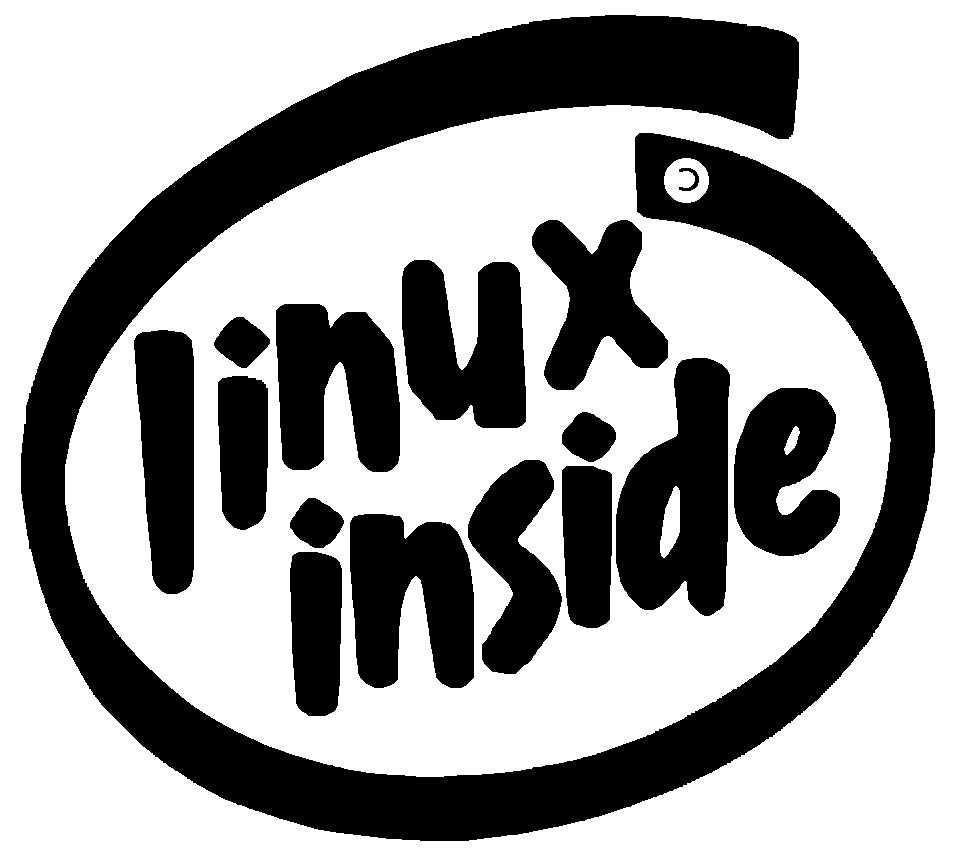Adobe, once a titan of creative software, has struggled to maintain its innovative edge in recent years. While the company has leaned heavily into AI-driven features to reinvigorate its Creative Cloud suite, this push often overshadows deeper issues: exorbitant pricing, platform limitations, and persistent bugs that erode user trust. The real opportunity for Adobe to restore customer confidence lies in expanding its suite to Linux, a platform that could address privacy concerns, reduce reliance on flawed operating systems, and signal a commitment to user-centric innovation.
The AI Distraction and the Pricing Problem
Adobe’s recent focus on AI—tools like Firefly and generative features in Photoshop and Premiere Pro—has been marketed as a leap forward. These advancements are impressive but often feel like a distraction from systemic issues. The Creative Cloud subscription model, with its steep monthly fees, has alienated freelancers, small businesses, and hobbyists. For example, the All Apps plan costs upwards of $50 per month, locking users into a perpetual payment cycle with no option to own the software outright. This pricing structure is perceived by many as profit-driven greed, fostering resentment rather than loyalty.
The subscription model’s inflexibility compounds the frustration. Users cannot pick and choose specific apps without paying for bloated bundles, and cancellation fees add insult to injury. Adobe’s pricing feels tone-deaf in an era where open-source alternatives like GIMP, Kdenlive, and Blender offer viable, cost-free options and competitors like Black Magics Davinci Resolve provide them more direct competition. While AI features are a shiny selling point, they don’t address the core issue: users feel gouged, not empowered.
Platform Bugs and Planned Obsolescence
Adobe’s software suite, built primarily for Windows and macOS, has long been plagued by platform-specific issues. System crashes, compatibility hiccups, and performance bottlenecks are not uncommon, often tied to the underlying operating systems rather than Adobe’s code. My own experience with Adobe products from the late 1990s to the late 2010s underscores this. Rendering footage in Premiere Pro or After Effects on Windows frequently led to system freezes or crashes, wiping out hours of work and lost motivation. On macOS, while slightly more stable, I encountered memory leaks and sluggish performance during intensive tasks. These issues weren’t the fault of Adobe’s engineers but rather the volatile ecosystems of Windows and macOS, where driver conflicts, updates, and planned obsolescence created a minefield for creative workflows.
Planned obsolescence is particularly insidious. Both Microsoft and Apple regularly phase out support for older hardware and software, forcing users to upgrade systems to keep Adobe’s suite running smoothly. This creates a cycle of forced expenditure—new hardware, new OS versions, and ever-increasing Creative Cloud fees—that feels exploitative. For users like me, these disruptions crushed productivity and creative drive, turning passion projects into exercises in frustration.
The Linux Opportunity: A Path to Redemption
Adobe could chart a new course by making its Creative Cloud suite available to own or lease on Linux. This move would not only diversify its platform offerings but also address user pain points around privacy, stability, and trust.
Stability and Freedom from Flawed Platforms
Linux, with its open-source foundation and robust architecture, offers a stable alternative to Windows and macOS. Distributions like Ubuntu, Fedora, and Pop!_OS are increasingly user-friendly, boasting strong performance for creative workloads. Unlike Windows, which is prone to bloatware and driver issues, or macOS, which locks users into Apple’s walled garden, Linux provides a customizable, lightweight environment. Adobe could optimize its suite for Linux, sidestepping the planned obsolescence baked into proprietary systems. This would give users a reliable platform free from the whims of Microsoft and Apple, reducing crashes and compatibility woes.
Restoring Customer Trust
Offering Adobe’s suite on Linux would signal a commitment to user choice and accessibility. By providing an option to own the software outright or lease it at a lower cost on Linux, Adobe could counter perceptions of greed. A one-time purchase model, even at a premium, would appeal to users who resent subscriptions. Alternatively, a Linux-specific subscription tier with transparent pricing could rebuild goodwill. Such moves would show Adobe listens to its community, fostering loyalty among professionals and hobbyists alike.
Addressing Privacy Concerns
Privacy is a growing concern, and Adobe’s reliance on Windows and macOS ties users to ecosystems notorious for data collection. Many users turn to piracy not just to avoid costs but also to escape the telemetry and tracking embedded in proprietary platforms. Linux, with its open-source ethos, offers a privacy-first alternative. By supporting Linux, Adobe could appeal to users who prioritize data sovereignty, reducing the incentive to pirate software out of distrust or financial necessity. A Linux version of Creative Cloud, paired with clear privacy policies, could position Adobe as a leader in ethical software delivery.
Expanding Market Reach
Linux’s growing popularity, especially among developers, designers, and tech-savvy creatives, makes it a viable market. Companies like Valve have embraced Linux with Steam, proving that supporting the platform can yield dividends. Adobe could tap into this demographic, capturing users who currently rely on open-source tools due to platform restrictions. A Linux port would also appeal to institutions and studios seeking cost-effective, stable solutions for large-scale deployments.
Overcoming the Hurdles
Porting Creative Cloud to Linux isn’t without challenges. Adobe would need to invest in development to ensure compatibility with various distributions and hardware configurations. However, tools like Flatpak and Snap could simplify distribution, and partnerships with Linux vendors could streamline optimization. The initial cost would be offset by long-term gains in customer retention and market expansion.
Moreover, Adobe could leverage its AI investments to enhance the Linux experience. AI-driven optimizations could make the suite run efficiently on diverse hardware, while cloud-based rendering could offload intensive tasks, leveling the playing field for users with modest setups. By tying innovation to accessibility, Adobe could redefine its legacy.
Conclusion
Adobe’s recent struggles stem not from a lack of innovation but from a failure to address user frustrations with pricing, platform instability, and restrictive ecosystems. The company’s AI push, while promising, cannot mask the deeper issues of costly subscriptions and buggy, obsolescent platforms. By embracing Linux, Adobe could offer a stable, privacy-respecting alternative that restores trust and expands its reach. For users like me, who lost countless hours to Windows and macOS crashes, a Linux-native Creative Cloud would be a game-changer—a chance to rediscover the joy of creating without the shadow of platform failures. Adobe has the opportunity to lead, not follow, by giving users the freedom to choose how and where they create. The question is whether it will seize it.
![]()



